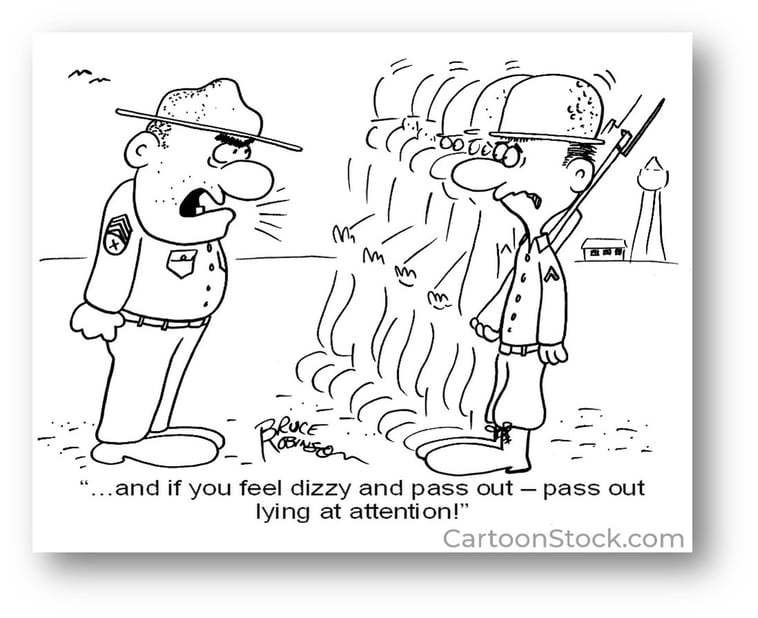In our last post, The Octopus & The Shark, we explained how too much time hunting like a shark can take a toll on us; how too much focus can hamper creative thinking; and how too much light can make it just as difficult to see as no light at all.
The intensity of a laser beam means that it can burn out if left on too long. Demanding deadlines can ratchet up stress levels which assist in thinking, but relying too heavily on adrenaline can be dangerous. Beyond a certain threshold, our ability to think clearly disappears. This is why our brain doesn’t work right when you’re angry or afraid.
In High Output Management, Andy Grove provided the following example.
Let’s consider an army encampment where nothing ever happens. The sergeant in command has come to know each of his soldiers very well, and by and large, maintains an informal relationship with them. The routines are so well established that he rarely has to tell anyone what to do; the sergeant contents himself with merely monitoring their activity.
One day a jeep load of the enemy suddenly appears, coming over the hill and shooting at the camp. Instantly the sergeant reverts to a structured, task-oriented leadership style, barking orders at everyone, telling each of his soldiers what to do, when, and how. After a while, if these skirmishes continue and the group keeps on fighting from the same place for a couple of months, this too will eventually become routine. The sergeant can then gradually ease off telling everybody what to do.
Put another way, a manager’s ability to operate in a style based on communication and mutual understanding depends on there being enough time for it. We have to work our way up to it in the real world. Even if we achieve it, if things suddenly change, we have to revert quickly to the what-when-how mode.
We must learn to regard any management mode not as either good or bad but rather as effective or not effective, given the specific working environment. It changes day by day and sometimes hour by hour.
Most of the time, investing is like that army encampment where nothing ever happens. Routines are established and the troops are surveying the landscape with little need for direction. But a jeep load of enemies demands a greater level of intensity. So it’s important to check in with your troops after the battle.
Different working environments require different leadership styles. After our battle with markets last year, I spent a lot of time reflecting on our culture and the lines of communication at Broyhill. Much of my thinking was sparked by reading, as is usually the case. The first spark came from Marc Randolph’s book, That Will Never Work, which describes the foundation of Netflix and the formation of its culture. After reading it, I immediately ordered Reed Hastings’ book, No Rules Rules, and shared this note with the team.
I want to know what everyone but me knows about what I can do better. Please take a moment to give this some thought and share one or two examples with me between now and next week.
This single email sparked months of introspection and discussion. Open and honest feedback is the foundation of a high-performing culture designed for continuous improvement. We want to build a company where it’s okay for freewheeling discussions to get heated. Where ideas stand on their own, independent of where they come from. And where disagreement is collaborative, aimed at finding the best answer, rather than being right. No matter how passionate, a thriving investment culture depends on the team’s ability to function effectively in such an environment.
Great teams, like great companies, find a way to transform weakness into strength. Next week, we’ll wrap up with a few examples of how that transformation is progressing at Broyhill.


